Several different lines can be tested for production of improved triploid offspring
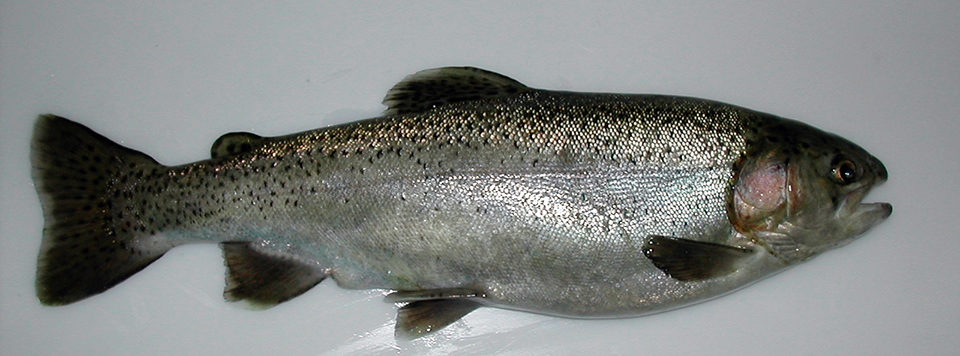
Tetraploid animals have four sets of chromosomes, triploids have three sets, and diploids have two sets. In rainbow trout, this generally equates to 120, 90, and 60 chromosomes, respectively.
As part of a selection and breeding program to develop strains of rainbow trout with improved production efficiency, the authors are investigating the development of tetraploid strains that, when crossed with the appropriate diploid strains, create more productive triploid fish.
The benefits of using triploids for production purposes are twofold. First, since triploids are sterile, losses due to early reproductive maturation are largely eliminated and additional growth is achieved when growing larger fish. With rainbow trout, some of the loss due to sexual development in males can be overcome by utilizing all-female populations. Second, the problems associated with escapement and reproductive interactions with natural populations are minimized with sterile fish.
Increased demand for triploids
Because of these benefits, the increasing demand for triploid all-female rainbow trout is being met commercially by the treatment of eggs shortly after fertilization. This produces triploid fish by retention of the second polar body.
However, while triploid treatments provide generally good yields, there is no guarantee they will be 100 percent consistent. Further, the triploid animals sold for production are subjected to a rather severe treatment whose potential impacts on performance have not been fully defined.
Crossing tetraploid parents with diploids to yield triploids circumvents both of these issues. One hundred-percent triploids result from every cross, and the fish utilized for production are not subject to any treatment. These two factors, as well as the opportunity to select and breed both parental lines for improved performance suggest the development of tetraploid strains for this purpose will be beneficial.
Reliable tetraploid procedures
One of the first hurdles to be overcome in the authors’ research was to devise treatment procedures that reliably induced tetraploids in different rainbow trout strains, as results from previous research showed major variations in strain response to standard tetraploid induction procedures. Since the genetic improvement of tetraploid lines requires the availability of genetic variation, it would be desirable to induce tetraploidy in a variety of strains and utilize crosses among them as base-line material for further genetic selection and breeding.
Initial investigations revealed differences among rainbow trout strains with respect to the timing of the first mitotic division during very early development. This stage of development, when embryos are treated to induce tetraploidy, occurs eight or nine hours after fertilization in rainbow trout incubated at 10 degrees-C. The exact time of first mitotic division depended on the population used and temperature of the incubation water. Basing the treatment time on a direct measurement of the time to first cleavage has led to more consistent production of tetraploid animals.
The induction treatment incorporates hydrostatic pressure applied with a 20-ton hydraulic press and stainless steel pressure cell. The current protocol is to treat fertilized eggs with 9,000 psi for eight minutes starting 65 percent of the time required to reach first cleavage to the two-cell stage.
Results from the protocol, which incorporates cleavage time adjustment, have revealed consistent tetraploid induction (Table 1), although improved post-treatment survival values might mandate further adjustments. The procedure has resulted in over 300 tetraploid rainbow trout from several different lines that can be tested for production of improved triploid offspring.
Hershberger, Tetraploid induction and survival, Table
| Pressure (psi) | Treatment Duration (minutes) | Treatment Initiation Time (minutes) | Tetraploid Induction (%) | Survival (%) |
|---|
Pressure (psi) | Treatment Duration (minutes) | Treatment Initiation Time (minutes) | Tetraploid Induction (%) | Survival (%) |
|---|---|---|---|---|
| 7,000 | 8 | 320 | 0 | 0 |
| 8,000 | 8 | 320 | 10.0 | 0.2 |
| 9,000 | 8 | 320 | 25.0 | 0.5 |
| 9,000 | 8 | 320 | 50.0 | 1.0 |
| 9,000 | 8 | 325 | 100.0 | 5.0 |
| 9,000 | 8 | 325 | 100.0 | 2.0 |
| 9,000 | 8 | 325 | 88.1 | 17.3 |
2005 research
Crosses among and within a limited number of tetraploid and diploid rainbow trout lines were conducted in early 2005. As expected, these crosses yielded 100 percent triploids regardless of the sex of the tetraploid parents used, and tetraploids crossed with tetraploids yielded 100 percent tetraploids. The number of abnormalities among these crosses was similar to those among the normal diploid crosses, and the mortality of the offspring was higher when a male rather than female tetraploid was used to make triploids (Table 2). This was expected to be a function of the larger sperm in tetraploids, making fertilization a little more problematic.
Hershberger, Mortality and abnormality results, Table 2
| Cross (Female X Male) | Offspring Ploidy (%) | Crosses | Average Mortality (%) | Average Abnormality (%) |
|---|
Cross (Female X Male) | Offspring Ploidy (%) | Crosses | Average Mortality (%) | Average Abnormality (%) |
|---|---|---|---|---|
| 2N X 2N | 2N (100) | 6 | 44.0 | 0.2 |
| 2N X 4N | 3N (100) | 10 | 94.0 | 0.1 |
| 4N X 2N | 3N (100) | 4 | 73.0 | 1.0 |
| 4N X 4N | 4N (100) | 6 | 85.0 | 1.0 |
The offspring of these crosses were utilized in a small growth study to compare the performance of the triploids produced with the diploids of the same genetic stocks. Initial results indicated that triploids from some of the crosses grew faster than the diploids, whether they were grown with diploids or by themselves.
Tetraploid production promising
To this point, experimental results suggested promising potential to create tetraploid rainbow trout strains to yield improved triploids for production. The research protocol seems to be more consistent than previous reports in its capacity to produce tetraploids. Further, variation among the tetraploid groups may be exploited by selection to yield enhanced production traits in their offspring. The authors are also looking into a procedure for yielding all-female groups of triploids when crosses with tetraploids are used.
(Editor’s Note: This article was originally published in the April/May 2006 print edition of the Global Aquaculture Advocate.)
Now that you've reached the end of the article ...
… please consider supporting GSA’s mission to advance responsible seafood practices through education, advocacy and third-party assurances. The Advocate aims to document the evolution of responsible seafood practices and share the expansive knowledge of our vast network of contributors.
By becoming a Global Seafood Alliance member, you’re ensuring that all of the pre-competitive work we do through member benefits, resources and events can continue. Individual membership costs just $50 a year.
Not a GSA member? Join us.
Authors
-
William K. Hershberger, Ph.D.
USDA-ARS National Center for Cool and Cold Water Aquaculture
11861 Leetown Road
Kearneysville, West Virginia 25430 USA -
Mark A. Hostuttler
USDA-ARS National Center for Cool and Cold Water Aquaculture
11861 Leetown Road
Kearneysville, West Virginia 25430 USA
Related Posts
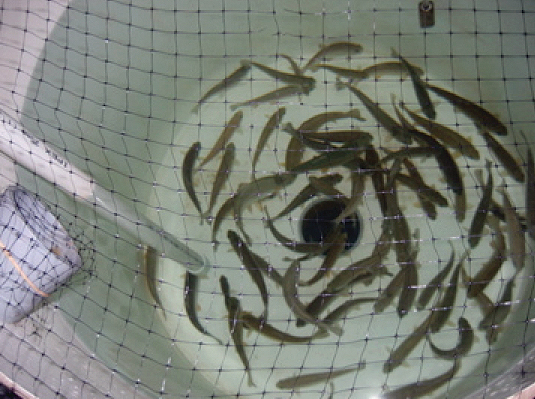
Health & Welfare
Algae shows promise as alternative DHA source in rainbow trout diets
A growth trial in Canada evaluated the use of algae biomass to increase the concentration of long-chain polyunsaturated fatty acids in the tissues of rainbow trout.
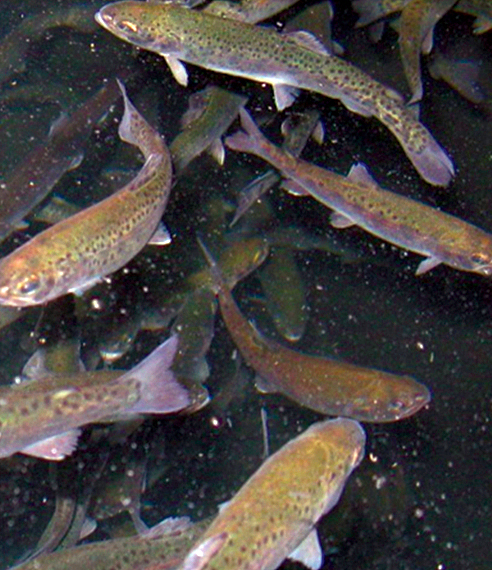
Aquafeeds
Alternative lipids spare fish oil in rainbow trout feeds
Alternative lipids have achieved varied success in ensuring adequate growth and fatty acid composition in fillets. The authors evaluated rainbow trout raised on diets containing fish oil or a blend of fish and standard or modified lipids varying in fatty acid composition.
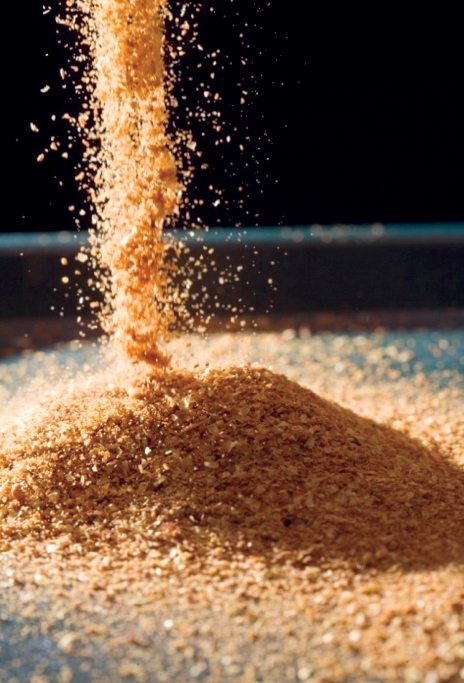
Aquafeeds
A look at corn distillers dried grains with solubles
Corn distillers dried grains with solubles are an economical source of energy, protein and digestible phosphorus to reduce feed costs and fishmeal usage.
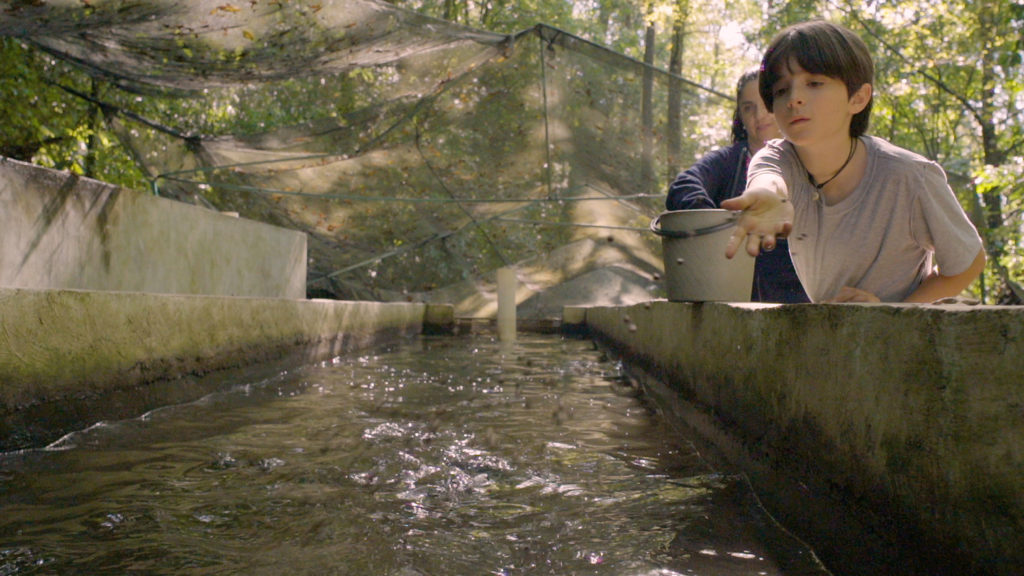
Intelligence
A motive, and a market, for farmed fish in Mexico
Boasting ample areas for aquaculture and a robust domestic demand for seafood – not to mention its close proximity to the U.S. market – a land of opportunity lies in Mexico. Fish farming is primed to meet its potential south of the border.



